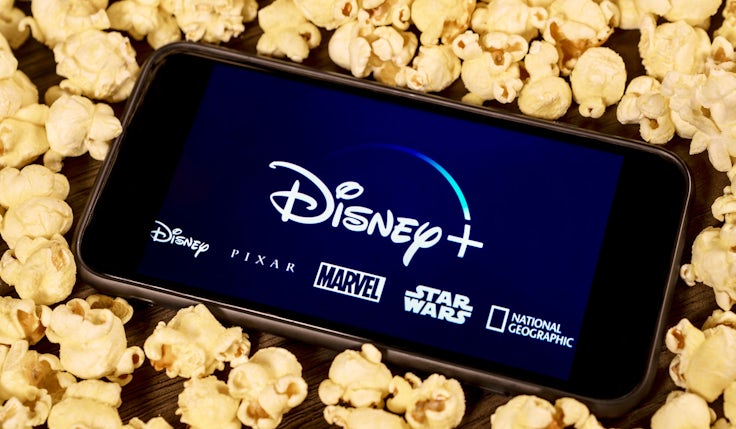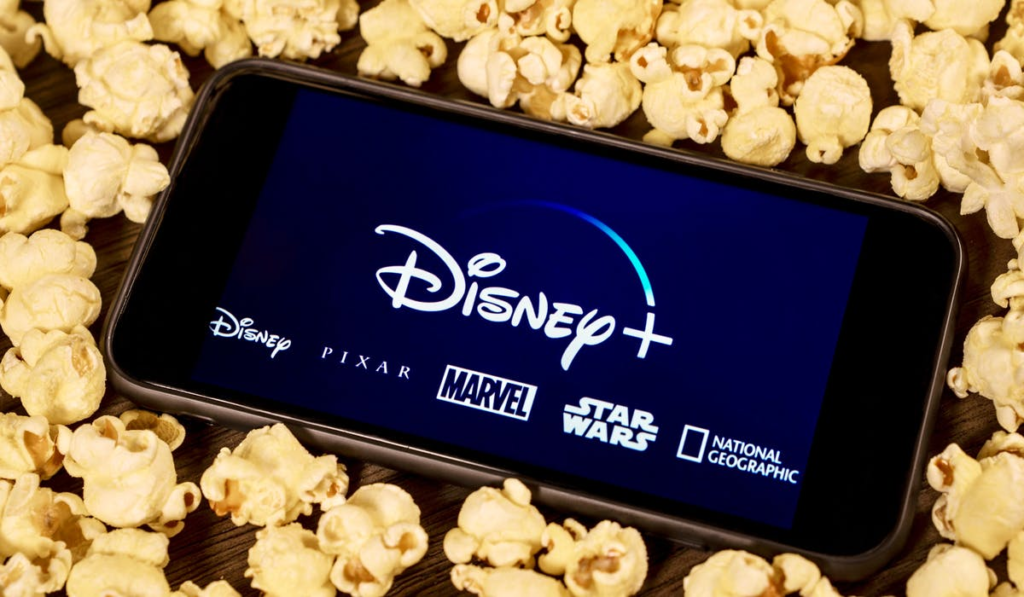
Disney’s direct-to-consumer (DTC) business increased revenue during the first quarter, despite losing 700,000 Disney+ subscribers after raising prices twice last year.
The streaming arm, which includes Disney+ and Hulu, turned a $293m (£234m) profit for the three months ending 28 December 2024, up from a $138m (£110m) loss a year earlier. The division became profitable for the first time in August.
Disney’s streaming revenue reached $6bn (£4.8bn), marking a 9% increase year-on-year. This increase was attributed to higher subscription prices and increased ad sales. Across the wider business, Disney’s revenue increased 5% to $24.7bn (£19.9bn), up from $23.5bn (£18.9bn) a year ago.
On a call with analysts today (5 February), CEO Bob Iger admitted the company expected subscriber churn due to the price increases to be “significantly greater” than it actually was. In August, Iger defended the price hikes, saying the company had “earned” the right to charge more.
Disney+ lost 700,000 subscribers, ending the quarter with 125 million, but when combined with Hulu total paid subscribers rose by 900,000 to 178 million year-on-year.
“We are implementing technological enhancements that will enable us to lower churn and continue to grow subs, and we also have a great product pipeline coming,” Iger said.
“We’re bullish about our ability to turn streaming not just into the profitable business that it is today, but into a growth business for the company.”
Iger noted the “only way” to succeed in global streaming, both from a subscription and profitability perspective, is to combine a “high-quality product with volume and technology”.
The CEO highlighted Disney’s push to enhance its technology over the next year, focusing on paid sharing and advanced personalisation to up its game “from an algorithm perspective”.
International expansion remains a key priority, particularly for the ad-supported tier, where Iger admitted there’s still work to be done.
A major focus will also be on improving the home screen experience. He explained the first interaction users have with Disney’s platforms needs to be “more dynamic”.
“Ours was elegant looking, but fairly static in nature. The more dynamic it is, the more people are drawn into it, the more people use it, and the more people don’t basically close the app out and go elsewhere,” he said.
Meanwhile, Disney’s traditional TV business continued to decline, with revenue from linear networks dropping 7% to $2.6bn (£2.1bn). Despite this, Iger remained optimistic about Disney’s strategy for balancing linear and streaming.
“We are at a point where the linear networks in our company are not a burden at all, they’re actually an asset,” he explained.
“We are funding them at levels that give us the ability to enhance our overall television business that includes and leans into streaming, which is, let’s face it, the future of the television business.”
As the competition in live sports streaming heats up, Disney is making its move with the launch of ESPN’s Flagship service in early autumn. In December, Disney+ introduced ESPN, providing bundle subscribers access to ESPN+ sports content while also making ESPN content available to all Disney+ subscribers.
“Regarding Flagship, it’s pretty clear that young consumers are leaning more and more into streaming experiences,” said Iger. “Flagship is not really designed to preserve a business. It’s designed to grow a business in a market that’s evolving or changing right before our eyes.”


